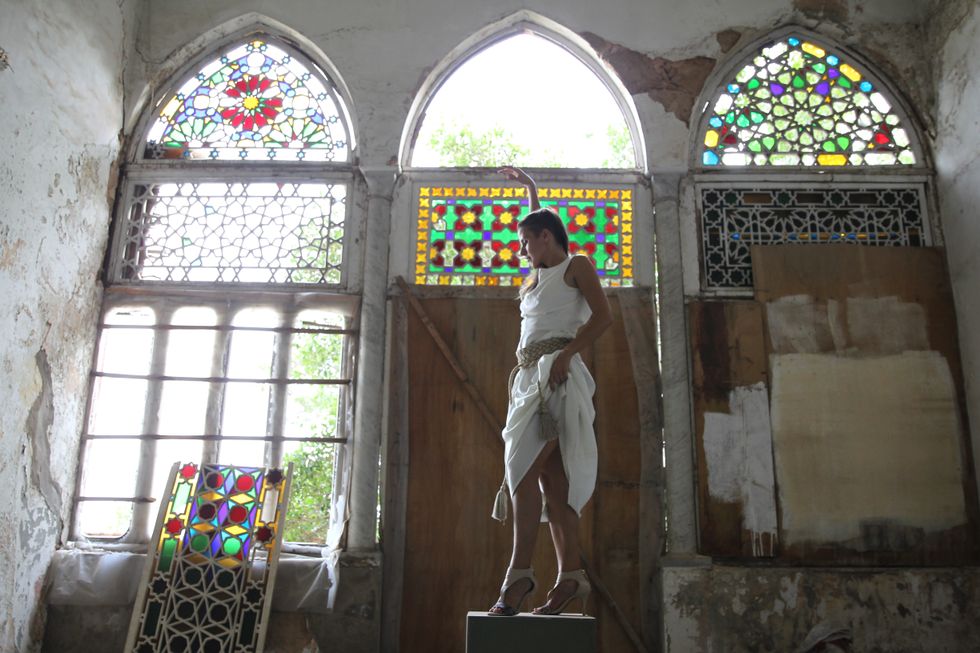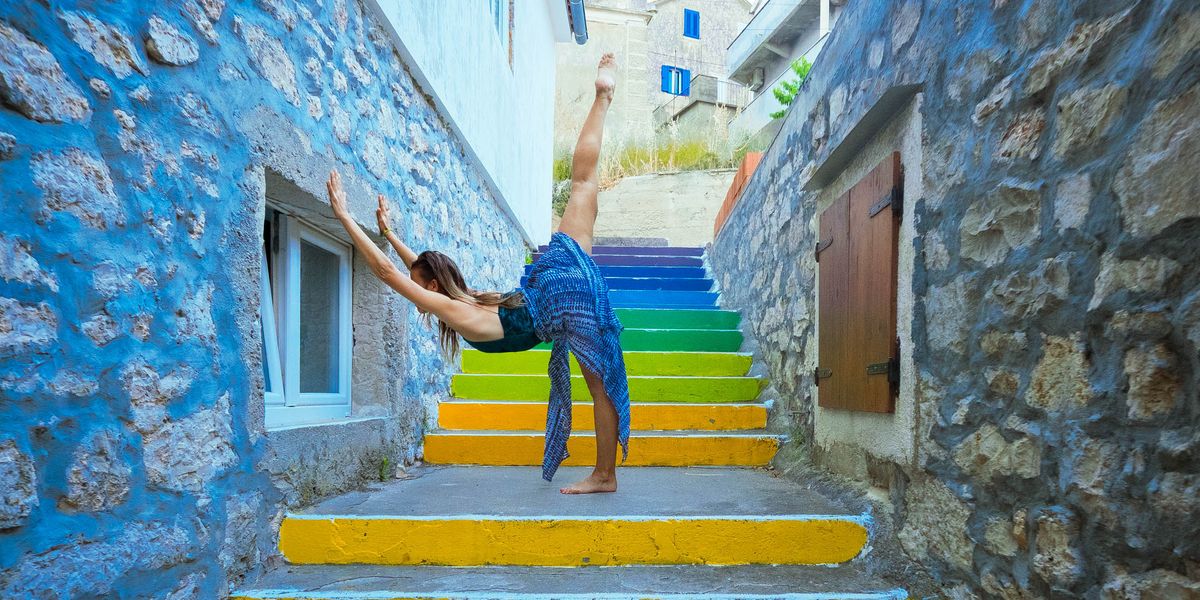The Story Behind The Latest Dance Show to Hit Netflix
Even as a teen, Vandana Hart knew she wasn’t headed for a cookie-cutter dance career. “Growing up with a family that really cared about social change, pursuing dance as a standalone career—without linking it to something more—felt like I wasn’t completely fulfilling my purpose,” she says.
Linking dance to “something more” is just what she did: In her downtime from her role as a coordinator for UN Women’s “safe cities” initiative, she has choreographed and taught dance around the world. Now, she produces a Netflix series called “We Speak Dance,” in which she travels the globe to learn new dance styles and the deeply human stories behind them.

Vandana Hart. Image courtesy “We Speak Dance”
Hart’s life has been multicultural from the start. Born in Moscow, her mother is Russian and her father is an American who worked to free political prisoners during the Cold War. After living in Sweden and India (she was raised Hindu), her family moved to California and later Oregon.
Her early dance study was no less eclectic, ranging from ballet to Afro-Caribbean. Though she was accepted into the Ailey/Fordham BFA program, her academic pursuits led her to switch to the certificate program at Ailey before entering New York University the next year to pursue a BA in global politics.
During this time, she was also getting into New York’s underground hip-hop scene and was taken under the wing of legends from the Moptop/Elite Force crew. “I was getting classical training during the day at Ailey, then going to dance parties at night,” she says.
Upon graduating from NYU, she took an internship at the United Nations and was hired after a month. A few years later, after receiving a master’s from the London School of Economics, she took a risk that would change her life. “I had been to Kenya as a tourist and fell in love with it,” she says. “So I got a one-way ticket and moved there. Without a job.”
Once in Kenya, she picked up consulting work for the UN—but dance found its way back into the forefront of her life. “The first question I ask everywhere I go is, ‘Where do I find the best dancers?’ ” she says. This led her to board a bus for a two-hour trek to a neighborhood in Nairobi, where she met a crew that asked her to choreograph and dance in their music video the next day. Little did she know that this crew was actually pretty famous—and the song would be number one in East Africa for most of that year.

Image courtesy “We Speak Dance”
Hart received calls to choreograph for many other groups and was asked to judge “So You Think You Can Dance” in Africa. During one trip to South Africa, she received an invitation to a house dance party and traveled an hour out of Johannesburg to a harsh township built during apartheid. “They never have foreigners come there, and did not want to give me any trust—which is understandable given the history,” she says. She decided to just observe, but soon became so overcome that she jumped in the circle. “It became very bright, and I looked up, and everyone was filming me,” she says. “They were like, ‘Move here!’ ”
The experience reconfirmed Hart’s belief in the power of dance. “That was a pretty monumental moment of how dance can overcome boundaries, class divides, all these things,” she says. This power is what Hart hopes to bring to the world through “We Speak Dance,” which features interviews and performances from dancers across the globe, and follows Hart as she learns their traditional and urban styles.
The show was born when Hart received a grant that enabled her to hire a team and film pilots in Nigeria, Ghana and Kenya. After shopping the show in West Africa, every network she approached made her an offer. She then shopped in the U.S., looking for the right outlet to bring her multicultural passion to American audiences. “All of the dance shows have been competitions,” she says. “Not about culture—about how dance brings us together.” And for Hart, that’s what her career is all about.
“We Speak Dance” airs on Netflix on January 1.




